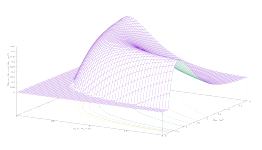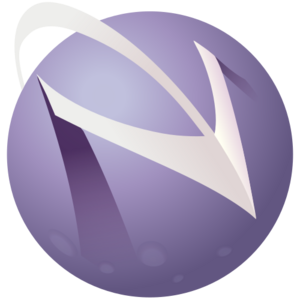
https://commons.wikimedia.org/wiki/File:Debian_logo.png - Licensed under CC BY-SA 3.0
Debian 13, called Trixie, is the new stable version of the Linux operating system officially released on August 9, 2025, with various important news and updates compared to the previous release:
- Revolutionary architectural support: Debian 13 officially supports 64-bit RISC-V architecture for the first time (Risvv64), allowing Ris-V hardware execution, considered a milestone.
- Improved Security: Introduction of advanced protections against ROP and COP/JOP attacks on AMD64 (with Intel Cet) and Arm64 (Pointer Authentication—PAC and Branch Target Identification—BTI), automatically enabled with supported hardware.
- Software updates and desktop environments:
- Kernel Linux 6.12 LTS (or higher).
- Gnome 48.
- KDE Plasma 6.3.6, with Plasma 6 based on QT 6 and KDE Framework 6 (important update compared to Plasma 5 in Debian 12).
- LXDE 13, LXQT 2.1.0, XFCE 4.20.
- Updated KDE Gear applications (KDE Pim 24.12.3, other App 25.04.3).
- Improved Installer:
- Support for HTTP boot on compatible UEFI and U-Boot firmware, facilitating the start from the network.
- Automatic partitioning of the disc and improved screens for creating users.
- Recovery of BTRFS systems via Calamares with live images.
- During the installation from USB or ISO, automatically disable of CD-ROM sources to facilitate post-installation configuration.
- User experience:
- A new unified graphic theme called “Ceratopsian” is present in the installer, bootloader, and desktop for a coherent and modern appearance.
- Packages and compatibility:
- Over 14,000 new packages, for a total of about 69,000 packages available.
- Updated many key packages such as GCC 14.2, Python 3.13, PHP 8.3, Openjdk 21.
- Best support for Docker Container, Podman, and cloud environments.
- Beware of reconditioned PCs and less recent hardware:
- Performance and compatibility improved for not very recent hardware.
- Optimized support for SSD, BIOS Legacy, and Dual-Boot configurations.
- Energy efficiency and improved stability for professional servers and desktops.
- Improvements in translations and internationalization, with a focus on Romanian and Polish.
This release marks a significant step forward for Debian in terms of modernity, safety, and hardware support, ideal for developers, system administrators, and demanding users who seek stability and long-term updates. The complete official documentation by the Debian Documentation Project can be found at URL https://www.debian.org/releases/trixie/release-notes.
I made the migration of one of the servers I manage. Everything went well enough, as is usual in this type of operation, if we use the Debian distribution, but attention is needed, as there have been different conflicts that must be analyzed and resolved one by one.
For some packages, the new versions contained in Trixie constitute an important step forward. In particular, the syntax of Dovecot configuration files has changed considerably. Attention is recommended in the migration of servers currently in production.




